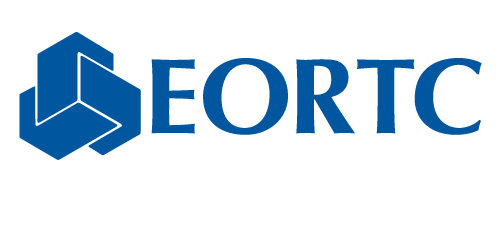EORTC Pharmacovigilance Unit and Information Technologies Department team up to create an in-house safety database
23 Feb 2011
The safety of the patients in clinical trials is of paramount importance. Serious adverse events must be reported in a timely matter so that early detection of unknown safety problems is ensured, and action can be taken to prevent other patients from being exposed to toxic substances. All sponsors of interventional clinical trials are legally responsible to ensure patients’ safety. Sponsors are required to have clear procedures and adequate tools in place to enable them to identify risk factors, detect suspected unexpected serious adverse reactions in nature or increased frequency, and prevent patients from being unnecessarily affected.
“SAfE” is the new EORTC safety database with an improved integration with various tools, especially the clinical database. This safety database is mainly the result of a team effort by EORTC Pharmacovigilance Unit and Information Technologies Department to create an in-house safety database.
To initiate the project, the EORTC Pharmacovigilance Unit drafted the user and functionality requirements. As a baseline, this tool needed to have at least the same quality and functionalities as commercially available tools. The detailed user and functionality requirements were finalized and discussed with the IT development team, who then began analyzing the requirements and building a database structure. The two teams worked closely with each other ensuring that both the requirements and implementation were met.
In addition to the SAfE application itself, two browsers also needed to be developed: a MedDRA (Medical Dictionary for Regulatory Activities) browser and a WHO drug browser. These browsers allow users to search for medical terms and drugs in those respective dictionaries.
Another challenge was the mapping of the data in the pre-existing safety database tool with the data fields in SAfE, since the structure of the commercial software was not always that straightforward or apparent.
Intensive testing by the Pharmacovigilance Unit was not only important with respect to their becoming familiar with the new software, but it also served to check how all requirements were implemented and ascertain whether these were functioning correctly.
In a next step, the whole system needed to be validated by different users. A validation report was made and more than 6000 validation tests were performed. A visual check was needed as well to ensure that the data were correctly transferred from one system to the other, and finally a certificate from the European Medicine Agency (EMA) was needed to ensure that the electronic files submitted to the Eudravigilance Clinical Trial Module (EVCTM) were compliant with the ICH E2B business rules. Achieving this compliance, the EORTC was allowed to “go live” with SAfE on 8 October 2010.
SAfE demonstrates that it is possible to have a link with the clinical database (VISTA), the contact data database (Addressograph) The application produces files (E2B XML) that are reported via the internet. SAfE allows users to enter safety data, track communication, e.g. queries, query the database, perform quality checks, produce faxes, and export E2B compliant xml files for submission to the Agency but also to pharmaceutical partners. As these business rules have changed recently, an upgrade for this was needed, and a new validation of the tool was performed successfully.
The system also allows the EORTC to code with the latest version of MedDRA. For this a MedRA recoder has been developed which will be used at each new release of a MedDRA version (twice a year).
Another feature that gives an added value to SAfE is the fact that annual safety reports can be produced in the template proposed by the ICH E2F guideline for development safety update reports (DSUR). On top is the production of the DSUR linked to a workflow due to which the status of the DSUR development can be easily followed.
To ensure that all users manage the safety information in SAfE in the same way, procedures were reviewed and updated, user guidelines have been developed, and users have been trained.
SAfE 1.1 is now fully validated and went live on 02 February 2011.
Nathalie Dubois, Michel Kirschen, Edouard Klopfert, and John Bean
Related News
EORTC: Advancing research and treatment for rare cancers
29 Feb 2024
EORTC Fellowship Programme: celebrating more than 20 years of impactful collaboration
22 Feb 2024
Appointment of Malte Peters as EORTC Strategic Alliance Officer
9 Feb 2024
Unique series of workshops in partnership with the European Medicines Agency (EMA)
7 Feb 2024
EORTC launches a prominent clinical trial in older patients with locally advanced (LA) HNSCC (Head and Neck Squamous Cell Carcinoma)
14 Dec 2023
Seven IMMUcan abstracts selected for ESMO Immuno-Oncology Congress 2023
6 Dec 2023
EORTC Quality of Life measures integrated in CDISC
20 Nov 2023
EORTC and Immunocore are collaborating to launch the ATOM clinical trial of tebentafusp in Adjuvant Uveal Melanoma
7 Nov 2023
Treatment with decitabine resulted in a similar survival and fewer adverse events compared with conventional chemotherapy in older fit patients with acute myeloid leukaemia
31 Oct 2023
New results and forthcoming EORTC trials in rare cancers, lung, head and neck, and breast carcinomas presented at ESMO 2023
20 Oct 2023

